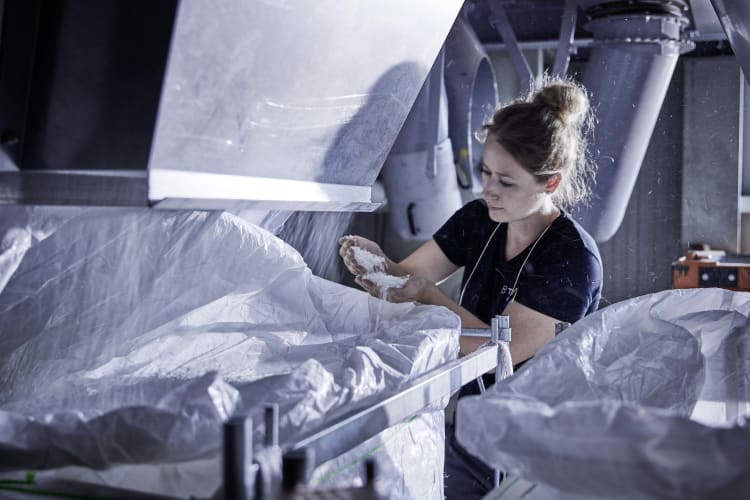New developments in legislation
A harmonized approach is required to enable greater plastics circularity and provide a long-term supply of recycled content for the market to reduce dependency on primary materials. For instance, many countries consider or already introduced Extended Producer Responsibility Schemes (EPR), which give producers significant responsibility for the product’s lifecycle – from design to the post-consumer stage of its lifecycle. These policies incentivize producers to consider environmental factors when manufacturing packaging and to contribute to a reduction of the products’ environmental impact. Legislation plays a fundamental role in supporting infrastructure investment, including effective collection, sorting, and recycling of plastic waste. Plastic directives and mandatory recycled content targets can establish the proper framework for prioritizing circularity and breaking the bottleneck of feedstock recovery.
Binding frameworks constitute a major and necessary intervention in the market. They support sustainable waste management and stimulate the industry to increase the use of recyclates while securing demand and infrastructure investment. The Plastic Packaging and Packaging Waste Directive, introduced by the European Union in 1994, is among the legislation that defines recycled content targets, creating end markets for secondary raw materials. The directive makes it mandatory for packaging producers to use at least 50% recycled content in the production of new plastic packaging by 2025 and more than 55% by 2030. In 2021, the EU introduced a Single-Use Plastics Directive requiring a minimum of 25% of recycled content in PET bottles by 2025 and a separate collection target of 77%. Countries with DRSs are a best practice: Germany achieves a 98% collection rate for PET and the Netherlands follows closely with 95%.
As much as it seems that we are headed towards a circular economy, we have a long way to go. According to Zero Waste Europe, new bottles only contain 17% of recycled PET (rPET), on average. Meanwhile, 69% of other PET products are made with rPET from beverage bottles – diverting materials from the intended closed-loop process. Ideally, plastic materials should be recycled multiple times in the same application to ensure adequate supply for production for as long as economically feasible.
Directives are a decisive step forward, but there is still room for improvement. For instance, there is little legislation specifying the use of post-consumer recycled content (PCR) that could fill the gap between demand and supply. In the USA, the state of California leads the most ambitious targets for PCR in beverage bottles. The recently established California Recycled Content Laws set PCR targets at 15% by 2022, 25% by 2025, and 50% by 2030.



